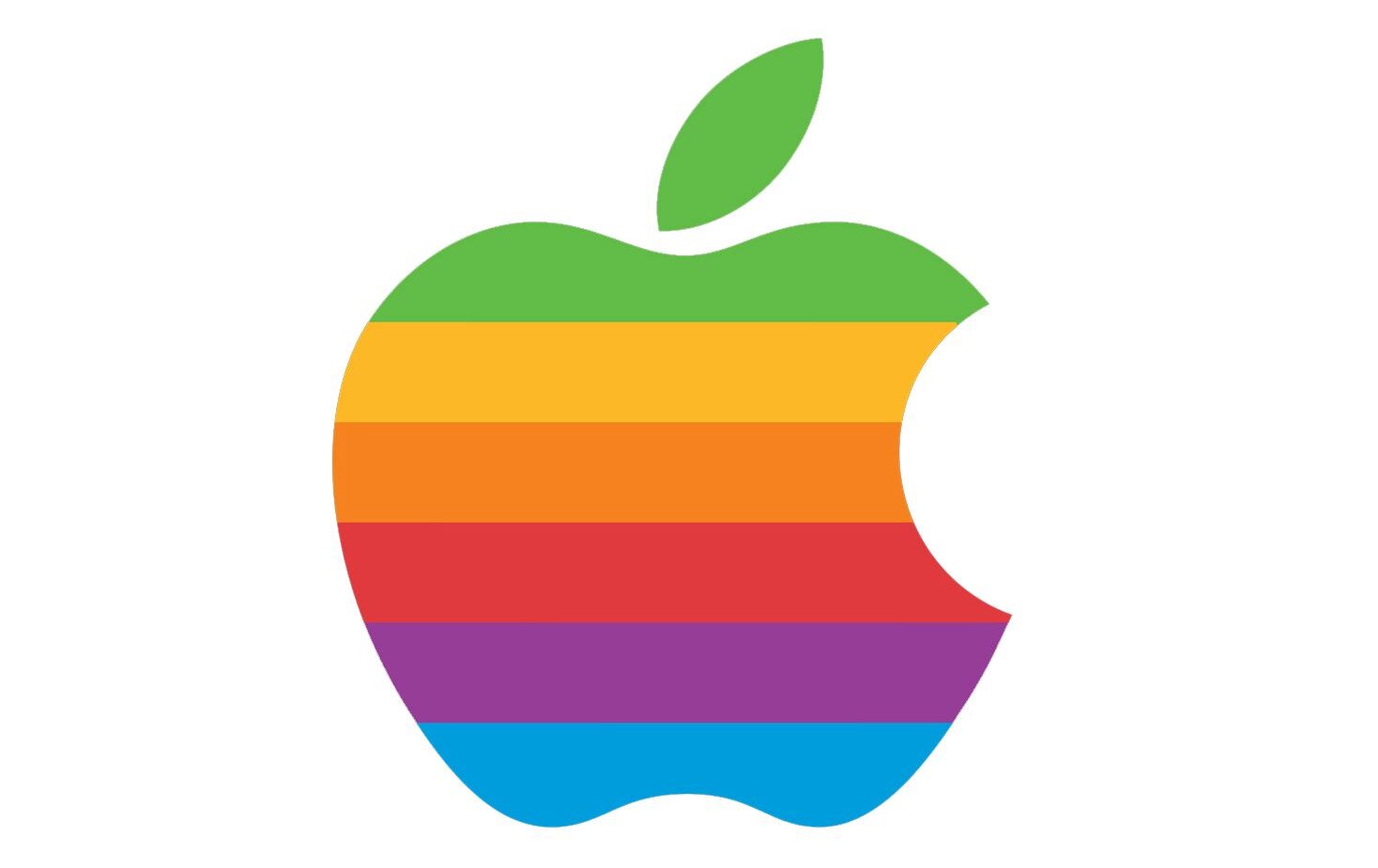Now before we begin talking about how to become an iPhone app developer, I’d love to sieve my reader base. If you have no interest in ever being a part of the multimillion-dollar industry of mobile app development and other top in-demand tech skills, then there might be better articles to strengthen your conviction.
If you already have a career in iPhone app development and don’t wish to learn new things, you should check the next article in our itinerary or take a vacation.
But if you want to make something out of your life and learn something new, then this article is a good start in the right direction.
Understandable is the fact that human wants are insatiable; we’re high-maintenance creatures (no wonder there’s so much chaos in the world).
There’s an abundance of smartphone options to choose from, but there’s one brand that seeks to stand out in more ways than one, and that’s the brainchild of the late Steve Jobs, and that’s the iPhone.
With a different operating system, it is hard to think it is part of the crowd. Though this uniqueness creates as many disadvantages as advantages, the purpose of this article isn’t to outline them.
There’s an overwhelming demand for phone applications with real use cases, and there are a lot of developers fighting for the no. 1 spot on the list of iPhone apps in the various categories that exist, from games to social media, e-commerce, and everything in-between (and trust me, that’s a lot).
Last year alone, 142.6 billion apps and games were downloaded from the Apple store; you can see the data yourself. That’s what the supply looks like.
The market, on the other hand, isn’t worth overlooking.
Apple sells an average of iPhones every year, and just in Q4 of last year alone, they shipped 70 million iPhones, which is 11.9 million less than the numbers from Q4 of 2020 and Q4 of 2021.
In Q1 of 2023, 55.2 million iPhones were shipped; that’s a lot. That is the size of your Total Addressable Market (TAM) if you use a top-down approach; not the best approach, but I’m sure you get what I’m driving at here.
This article aims to take you by the hands and guide you on your journey to becoming a successful iPhone app developer within six months.
It might sound too little or too big a time, but it’s the direct opposite of anything that first comes to mind.
How to Become an iPhone App Developer and Capture Your First Success

Now if becoming a successful iPhone app developer within the next six months is your target, then buckle up cause we’re about to journey step-by-step, precept upon precept.
1. Assess Your Interest and Set Goals
I don’t know how conversant you are with the bible, but somewhere in Proverbs 18:1, the writer says something very true that still applies today.
Still, I prefer the King James Version which reads,
“Through desire a man, having separated himself, seeketh and intermeddles with all wisdom.”
“Through desire…” Only through desire would you be able to push and press further, learning all that you need to learn until you achieve your goal for setting out on that endeavour.
This is also true when it comes to learning tech skills.
The process might be simple, but “simple” doesn’t imply “and; it will drain life from you until there’s nothing left to save the breath in your lungs and the blood in your vessels.
When you arrive at this point, your resolve will be tested, your motivation will be tested by fire, and if it burns, then you’ve been building on sand.
Your iPhone app will crash when you test run even after you feel like you did everything right; that’s when you decide whether you want this.
After you’ve gotten it into your mind that it’s this way or no other way, you’d have to set your goals.
Jesus in Luke 14: 28-30 pointed out something quite interesting, and it reads,
Luke 14:28-30
[28]For which of you, intending to build a tower, sitteth not down first, and counteth the cost, whether he have sufficient to finish it?
[29]Lest haply, after he hath laid the foundation, and is not able to finish it, all that behold it begin to mock him,
[30]Saying, This man began to build and was not able to finish.
You must check what it’ll cost you to get what you want and determine if your goals are achievable with your current available resources.
Size them down to something you can work with, and seek alternative means to achieve your goals if plan A is beyond your reach.
Give yourself a timeframe, and outline the deliverables of your plan so you can measure your progress; in other words, set SMART goals.
2. Learning the Fundamentals
I’m glad you’ve understood the point of setting goals, and you’ve set them.
Now, if your first line of action from your goals needs to understand the basics, then your plan has a fundamental problem.
There’s a good reason why the number 1 comes before the number 2.
The first step in achieving your goals should be familiarizing yourself with programming concepts and languages used in iOS app development.
It’s more like learning to understand and write the English language before starting to write a book in the English language; basics first.
One of the things you should learn in this basics is SwiftUI. The next is Xcode, and then UIKit.
Apple has taken it upon itself to make it much easier that they’re willing to put you through the basics of building a compelling iOS app.
This is your first step to becoming a successful iPhone app developer.
2. Explore App Development Tools
This is where your shorts and utility vest comes into play; the Dora The Explorer in you has to come to life.
Do you remember Proverbs 18:1 I quoted, which mentioned seeking and intermingling with all wisdom? This is where it comes into play.
You’d have to get your hands busy. Having learned the fundamentals, you’d have to dig deeper than the fundamentals and also build stature as a developer.
Practice classes will also go a long way in helping you achieve your goals. Use the interface builder to design app layouts (UI/UX).
Getting professional opinions on your work will also go a long way in getting you familiarized with what people fancy and how to achieve it.
3. Create Simple Apps
Walk before you run. That’s the strategy. Start with the simple before the complex.
Start with basic app ideas and build simple, functional applications.
Not a lot of chaos, not plenty of steps. Just build something that works and explore use cases.
You’d need to be certain that people will be willing to download whatever it is you’re building.
Never answer a question no one is asking; that’s the first rule to not getting yourself run out of the market.
Play around with UI elements while implementing core functionalities.
If you need to take UI/UX design courses, do so.
The point is to make sure you don’t run yourself ashore to build what has never been built in a way that has never been used.
4. Learn from Tutorials and Online Resources
However new or innovative your idea is, it has to rest on a preceding idea; be it technology, use case, or material.
It has been agreed upon in the academic space; no academic research is independent. There must be something someone has done in the past that’s related to it.
Your role is to confirm or discredit previous works in that line.
The same thing applies here. If you wish to dig all the wells that make for your salvation yourself, you will die a good digger.
Take courses about what you want to learn and achieve (both free and paid), join cohorts, online and offline tutorials, and developers’ communities, and get books.
Tag along for customer support and feedback on other people’s apps.
You might not appreciate it at first, but when you launch your app, you need to understand how to give your customers what they want even when it looks impossible.
5. Work on Real-World Projects
You’d need real experience if you’d want anyone to take you seriously in space. Collaborate on open-source projects or personal projects with a specific purpose.
This also gives you room to learn to work with teams; working alone might be more appealing, but two good heads are better than one.
Hands-on experience in a project-based environment is a good idea.
A team of developers is good, but a team of developers working towards a specific goal is better (especially if you ever want to build a career out of it).
6. Seek Feedback and Iterate
It was mentioned earlier that getting professional advice is vital to moving forward.
Critical feedback on your app is also vital, constructive feedback, to be more specific (some people are just sadists who grew up without love and affection in their life).
People who get this kind of feedback include peers, mentors, or online communities; they give the best constructive feedback because they wish to see you grow.
Now using the feedback you’ve received, keep upgrading your app.
Never strive for perfection; strive for improvement; perfection simply means you’ve done all that is to be done, and that doesn’t leave room for growth. Just strive to do better than the last time, and you’ll be okay.
7. Publish Your First App
Before you proceed, prepare your app for submission to the App Store.
If you’ve not had that on your mind at this point, then start afresh. And if you’ve been building to achieve the impossible, let’s just say… (won’t say more than that).
Now, get the necessary things, make your payments, and ensure things go smoothly.
If you made it this far, don’t become the weapon fashioned against yourself.
Follow Apple’s app submission and distribution guidelines, and pay attention to every detail.
8. Promote Your App
This is where you’d have to wear your work boots cause you’re about to learn on-site.
When promoting your app, you should be as aggressive as possible. If you don’t sell your market, no one will sell it for you.
In business, the best-known product will always beat the best product. You’d have to hawk it like gala and soft drinks.
Use social media to push out sponsored posts and ads, and get knees deep in online marketing. Partnering with related communities for an audience can also help.
Speak to potential users, find out what they need, and use that feedback to incorporate more features into your app.
9. Plan for Future Apps and Projects
Who doesn’t love a good sequel?
I’d do you one better. Who doesn’t love a great franchise?
If you need to think about what I’m thinking, you won’t understand why there’s always an upgrade to Call Of Duty Mobile every few months.
After the last installment, what next? If you’ve secured a customer base, the worst thing to do to business is to leave the users starved.
When you do that, someone else will show up to fill your shoes and provide what they expect from you.
Always be timely, evaluate the success of your first app, and reflect on your journey as an app developer; set new goals and plan for future app development projects; don’t plateau.
10. Celebrate Your First Success
Now you’ve established yourself as a force to be reckoned with.
You’ve built the user base, you’ve created a community around your brand, and you’ve set in motion the next phase of the next big thing.
Now can you sit back and acknowledge and celebrate your achievements as an iPhone app developer?
Look back on how you started, the ups and downs, the crashed codes, the hours of online tutorials, beat your chest, and be glad.
The Bible says you’ve taken us through water and fire and brought us to the wealthy place.
Recount your progress and use it as motivation for future endeavours. Let it be a stepping stone to more incredible things.
So now you’ve had an excellent read, can you open a new tab and start learning Xcode and SwiftUI? Be active about it. Get up and get busy.
It’ll be great that you mention this post as part of your success story, but you won’t have a success story by fantasizing about a success story.
So take action and pursue your app development dreams. See you in the next phase.
The future is ours for the taking!

